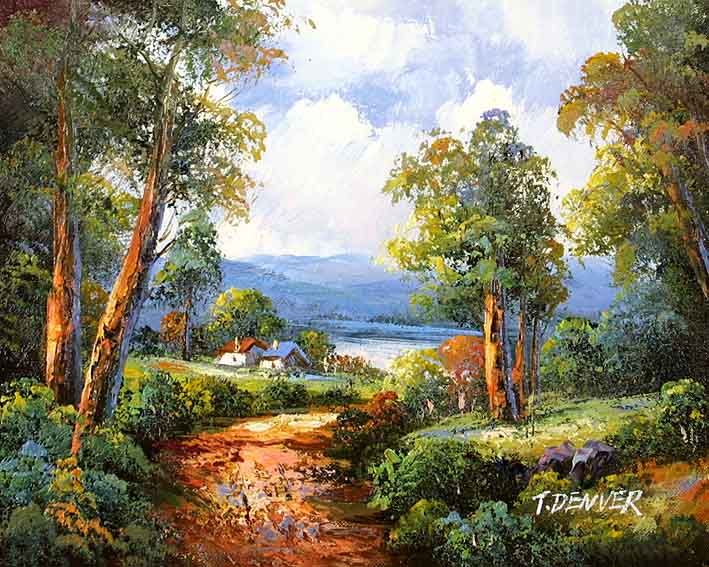Emily
Dickinson's poetry: deceptively simple OR simply deceptive? This is an excellent question to ask, and,
for me, it depends on the poem. The beauty
in the way she writes is simple. #340
has amazing imagery throughout it. “I
felt a Funeral, in my Brain, / And Mourners to and fro / Kept treading - treading
- till it seemed / That Sense was break through -“ That line is so rich for me;
yet, what does it mean? Is she talking about having a breakdown, or becoming
crazy? Or is she writing about actually
dying? The end of this poem isn’t much
better. “And then a Plank in Reason
broke, / and I dropped down, and down - / And hit a World, at every plunge, /
And Finished knowing - then -.” Has the
person become completely insane, or are they for real dead now?
A poem that
is deceptively simple is number 1108.
The meaning of the poem seems simple enough to understand; yet, if you’ve
read any Emily Dickinson, it feels like it shouldn’t be that simple! In this poem, Dickinson talks about what
happens after a funeral. After a loved
one dies, “The Morning after Death / Is solemnest of industries” and that the
person is “...Sweeping up the Heart / And putting Love away / We shall not want
to use again / Until Eternity –“. A
person, after losing someone, tries to move on with their life. As harsh as it sounds, Dickinson is saying
that in order to do that, the love you felt for the deceased must be put aside,
or swept up, until they meet again in
death.
All in all,
Dickinson didn’t just write either deceptively simple or simply deceptive. She wrote poetry that is easier to understand
than others. If I absolutely had to pick
a side, I would say simply deceptive, because try as I might, I can’t
understand a lot of her poetry. In the
end though, it all has beautiful qualities to it, and is fun to read.
